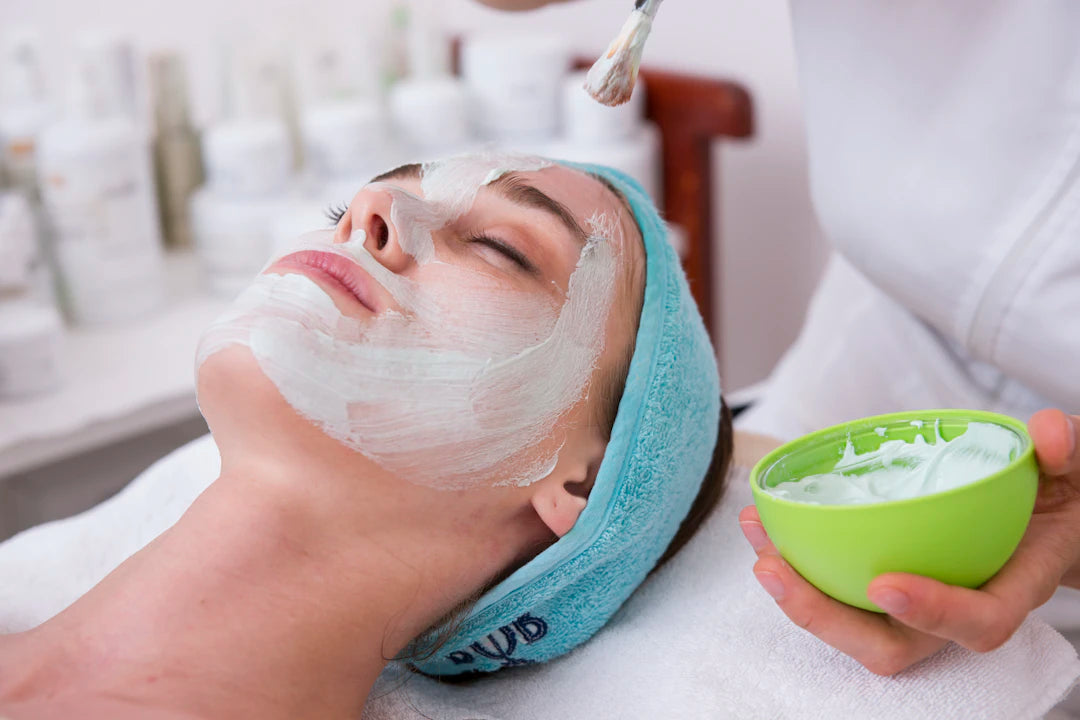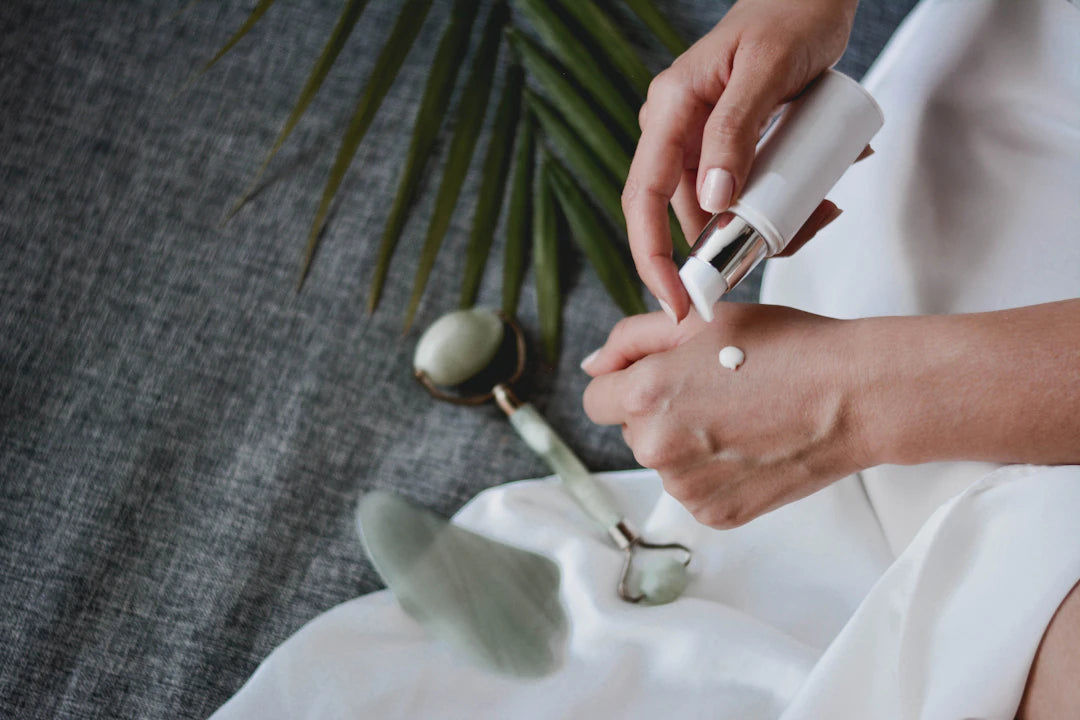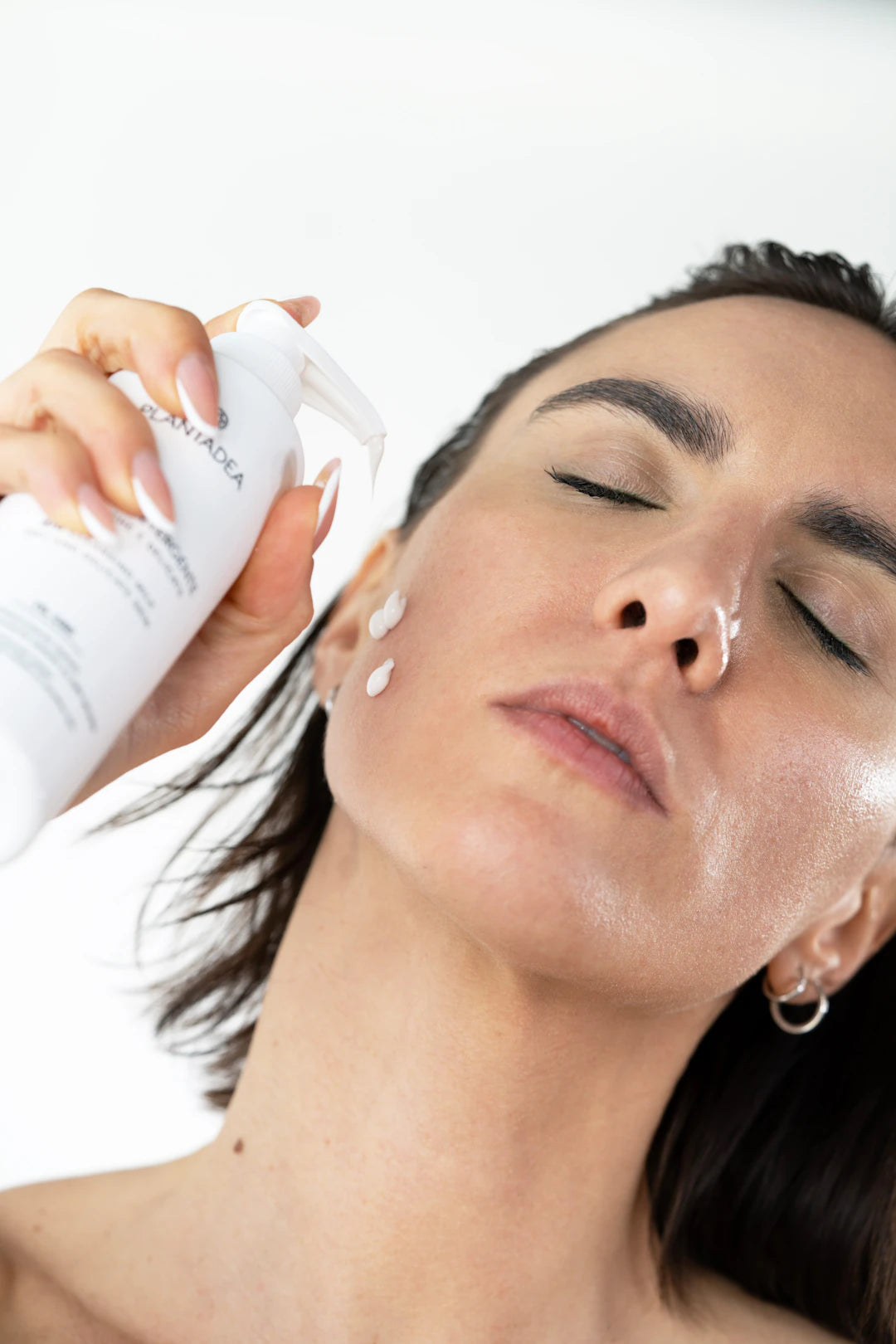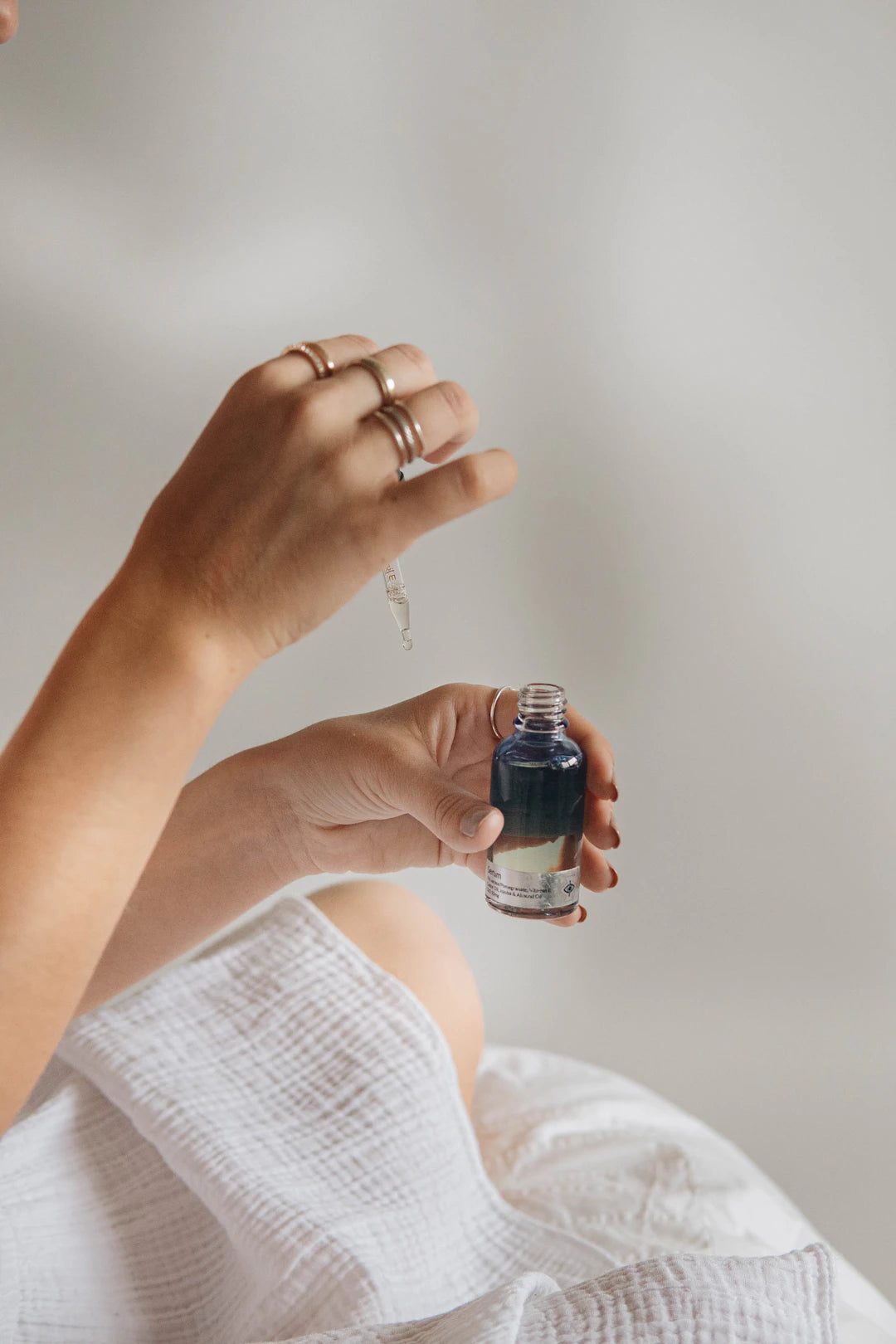Unlock the Secrets of Your Skin Type

Overview
This blog provides an in-depth guide to understanding the five main skin types: normal, oily, dry, combination, and sensitive. It outlines their characteristics, care tips, and methods to identify your skin type at home. Key advice includes using appropriate moisturizers, hydrating serums, and tailoring skincare routines to individual needs for optimal skin health.
Frequently Asked Questions
1. What are the five main skin types?
2. What are the characteristics of normal skin?
3. How should I care for oily skin?
4. What defines sensitive skin?
5. How can I determine my skin type at home?
Your skin is your body's largest organ and understanding it is crucial in maintaining its health and vitality. Knowing your skin type not only helps in selecting the right products but also aids in developing an effective skincare routine tailored to your individual needs. This guide will unravel the various skin types, their characteristics, and how to care for them properly, while integrating important factors such as the use of a hyaluronic acid serum and anti-wrinkle solutions.
The Basics of Skin Types
Skin types are generally categorized into five main groups: normal, oily, dry, combination, and sensitive. Each type has unique attributes. Let’s dive deeper into these categories to help you identify which one (or ones) suits you best.
Normal Skin
Normal skin is often considered the ideal skin type. It’s neither too oily nor too dry, characterized by a balanced production of sebum. Those with normal skin typically experience fewer breakouts and don’t have issues like excessive flakiness or shine.
Characteristics of Normal Skin
- Minimal breakouts
- Even skin tone
- Fine pores
- Smooth texture
Care Tips for Normal Skin
For individuals with normal skin, the routine can be simple and straightforward. Aim to keep your skin hydrated and protected. A lightweight moisturizer and a broad-spectrum sunscreen are essential. Additionally, incorporating a hyaluronic acid serum can further enhance hydration without overwhelming the skin.
Oily Skin
Oily skin is characterized by an overproduction of sebum, leading to a shiny appearance and potential acne outbreaks. This skin type is common in teenagers but can persist into adulthood.
Characteristics of Oily Skin
- Shiny, greasy appearance
- Enlarged pores
- Frequent breakouts
- Thicker skin texture
Care Tips for Oily Skin
For oily skin, the key is to find a balance. Use a gentle cleanser to remove excess oil and follow up with a lightweight, non-comedogenic moisturizer. Look for products that contain hyaluronic acid, as they will hydrate the skin without adding extra oil. Also, consider using anti-wrinkle products that can help combat premature aging even as you deal with breakouts.
Dry Skin
Dry skin lacks moisture and can feel tight or rough. It’s also more prone to flakiness and irritation. Individuals with dry skin may notice their skin looking dull and lacking in vibrancy.
Characteristics of Dry Skin
- Rough texture
- Red patches or irritation
- Flaky or scaly skin
- Enhanced sensitivity
Care Tips for Dry Skin
The focus for dry skin should be on deep hydration and protection. Use a rich moisturizer, and don’t skip serums containing hyaluronic acid to draw moisture into the skin. Additionally, always apply a sunscreen to protect against UV damage which can exacerbate dryness and lead to premature aging.
Combination Skin
Combination skin features characteristics of more than one skin type, often oily in the T-zone (forehead, nose, and chin) while remaining normal to dry on the cheeks and other areas.
Characteristics of Combination Skin
- Oily T-zone
- Normal to dry cheeks
- Visible pores in the T-zone
- Varied texture across the face
Care Tips for Combination Skin
Managing combination skin can be tricky but rewarding. Use a gentle, balanced cleanser that won’t strip the skin of essential oils. A moisturizer with hyaluronic acid is ideal as it will hydrate without contributing to excess oiliness. Tailor treatments for the oily areas while keeping drier zones adequately moisturized. Incorporating anti-wrinkle strategies in your routine can also help promote a more youthful appearance all over.
Sensitive Skin
Sensitive skin is prone to reactions and can be triggered by environmental factors, products, or even stress. It needs special care to avoid irritations and inflammations.
Characteristics of Sensitive Skin
- Reacts to products or environmental changes
- Can feel itchy or burning
- Redness and inflammation
- Dry patches or rashes
Care Tips for Sensitive Skin
For sensitive skin, the mantra is simplicity. Choose hypoallergenic products free of fragrances and dyes that can aggravate the skin. A gentle hyaluronic acid serum can be beneficial for hydration without irritation. Always patch-test new products to prevent unwanted reactions. Furthermore, consider anti-wrinkle options that are designed for sensitive skin to help maintain a youthful look without causing discomfort.
Identifying Your Skin Type
Figuring out your skin type can sometimes take a little trial and error. Below are steps to help you determine which category your skin fits into.
Wash and Wait
Start with a clean slate. Wash your face with a gentle cleanser suitable for your current skin condition, then wait for about an hour. Avoid applying any products during this time. After an hour, observe how your skin feels:
- If it feels tight and looks flaky, you likely have dry skin.
- If it’s shiny, particularly in the T-zone, you may have oily skin.
- If your T-zone is oily but your cheeks feel dry, it’s likely combination skin.
- If your skin reacts negatively to products or environmental factors, you may have sensitive skin.
- If your skin feels just right, balanced, and not overly oily or dry, you have normal skin.
Routine Testing
After determining your skin type, try a skincare routine for at least two weeks before making any changes. This allows you to truly assess how your skin responds to various products. Keep an eye out for any spillage into irritation or excessive oil production, and adjust accordingly.
Final Thoughts to Radiate Confidence
Understanding your skin type is the foundation of a healthy skincare regimen. With tailored strategies, effective hydration through products like hyaluronic acid serum, and careful incorporation of anti-wrinkle treatments suitable for your skin type, you will be well on your way to achieving radiant, beautiful skin. Remember, everyone’s skin is unique, and what works for one person may not work for another. Take your time, be patient, and allow your skin to flourish!
Linked Product
Hydrate & Protect Bundle
The Hydrate & Protect Bundle is designed to address the needs of various skin types during the summer months. The Water Molecule hyaluronic acid serum helps to maintain skin hydration, while the EltaMD UV Clear Broad-Spectrum SPF 46 offers essential sun protection. Together, these products work to keep your skin balanced and safeguarded against environmental stressors.
View Product

